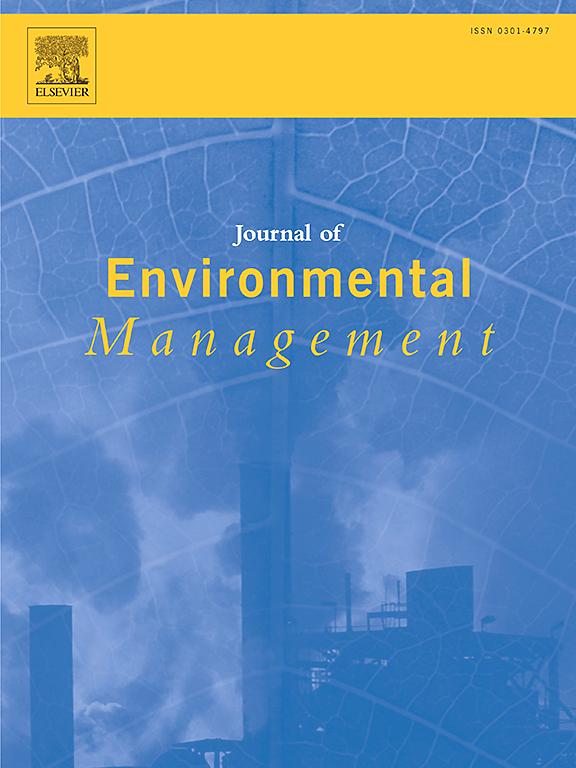Thermal sensitivity and rising greenhouse gas emissions in riparian zone soils: Implications for ecosystem carbon dynamics
IF 8
2区 环境科学与生态学
Q1 ENVIRONMENTAL SCIENCES
引用次数: 0
Abstract
Riparian zones, critical interfaces between aquatic and terrestrial ecosystems, play a significant role in global carbon dynamics and greenhouse gas (GHG) emissions. This study investigates the thermal sensitivity (Q10) of soil organic carbon decomposition and its implications for GHG emissions in the riparian soils of the Three Gorges Reservoir, China. Through a 42-day incubation experiment at four temperatures (15 °C, 22 °C, 29 °C, and 36 °C), we quantified the Q10 values for methane (CH4) and carbon dioxide (CO2) emissions, revealing spatial heterogeneity and a positive correlation with temperature. The Q10 for CH4 (2.5) was significantly higher than for CO2 (1.4), indicating a stronger temperature sensitivity of CH4 emissions. Structural equation modeling identified soil pH and mean annual temperature as key drivers of Q10 variations. Projections based on Shared Socioeconomic Pathways from the IPCC-AR6 suggest that by 2100, CH4, CO2, and CO2-equivalent emissions from riparian zones could increase by 4.9–44.3 %, 4.3–17.4 %, and 4.0–20.0 %, respectively. These findings underscore the importance of riparian zones in climate feedback loops and highlight the need for targeted management strategies to mitigate GHG emissions in these vulnerable ecosystems.

求助全文
约1分钟内获得全文
求助全文
来源期刊

Journal of Environmental Management
环境科学-环境科学
CiteScore
13.70
自引率
5.70%
发文量
2477
审稿时长
84 days
期刊介绍:
The Journal of Environmental Management is a journal for the publication of peer reviewed, original research for all aspects of management and the managed use of the environment, both natural and man-made.Critical review articles are also welcome; submission of these is strongly encouraged.
 求助内容:
求助内容: 应助结果提醒方式:
应助结果提醒方式:


